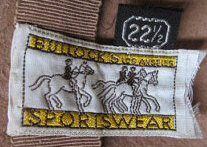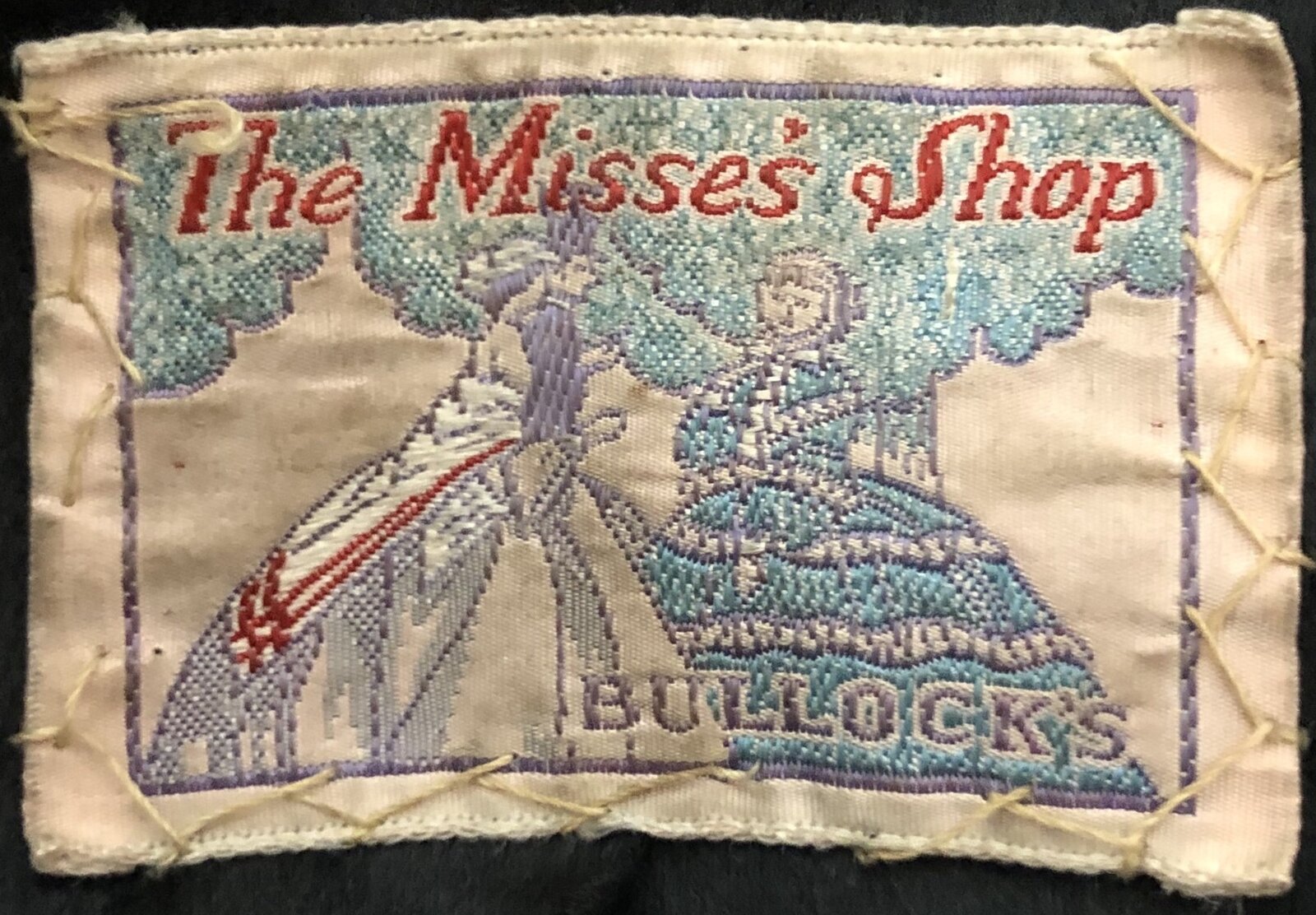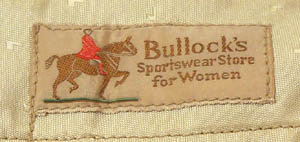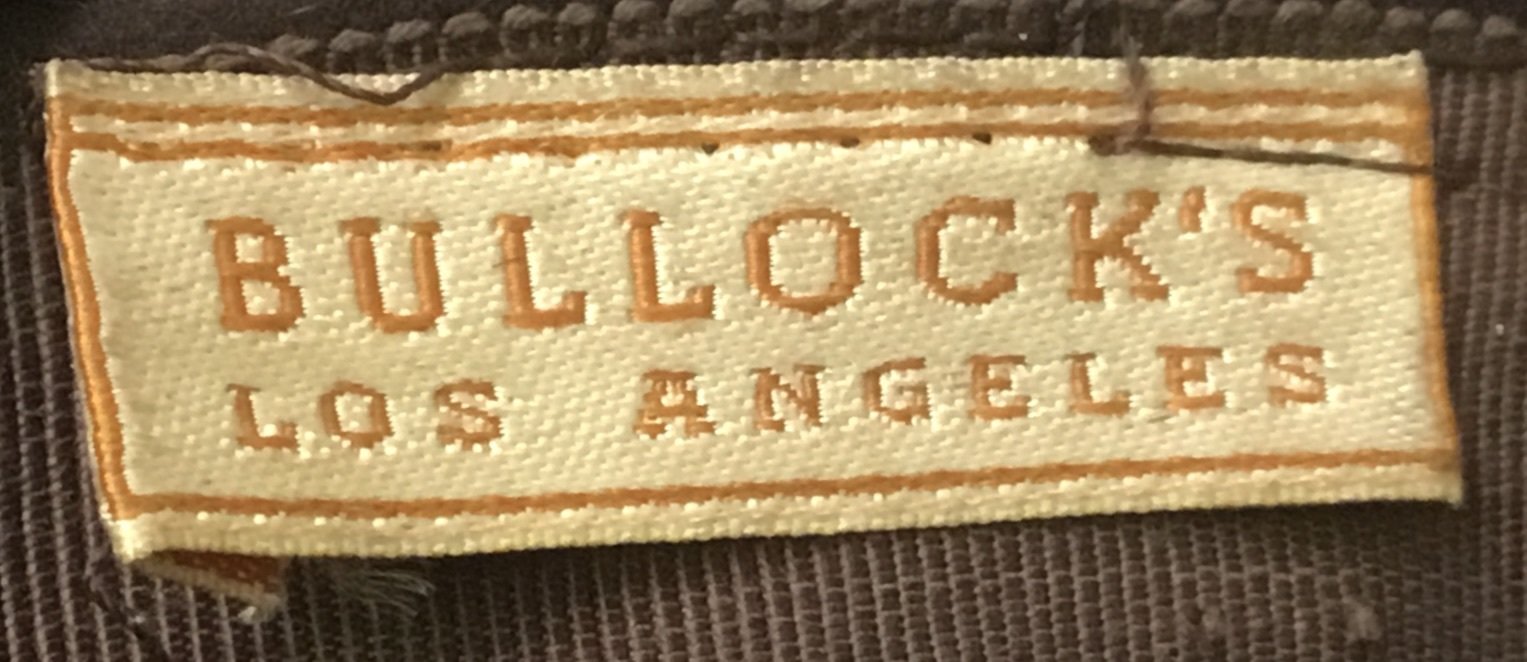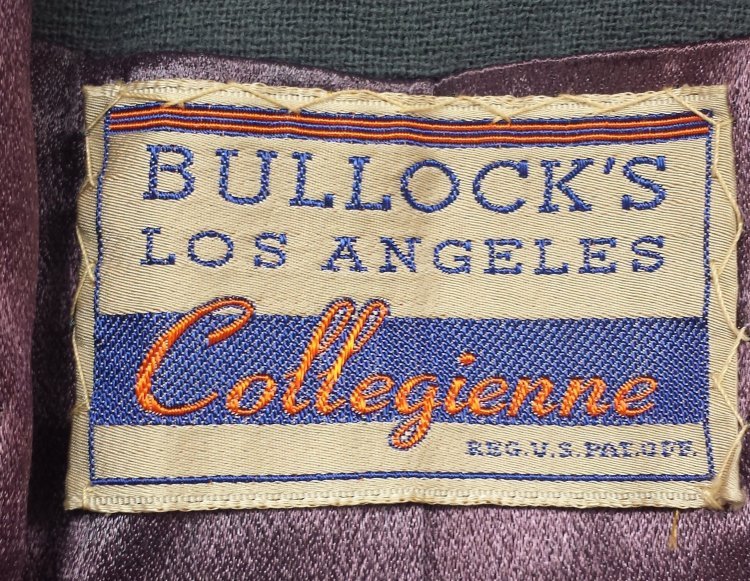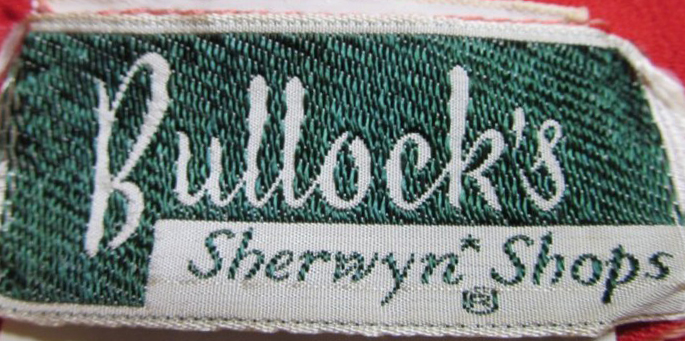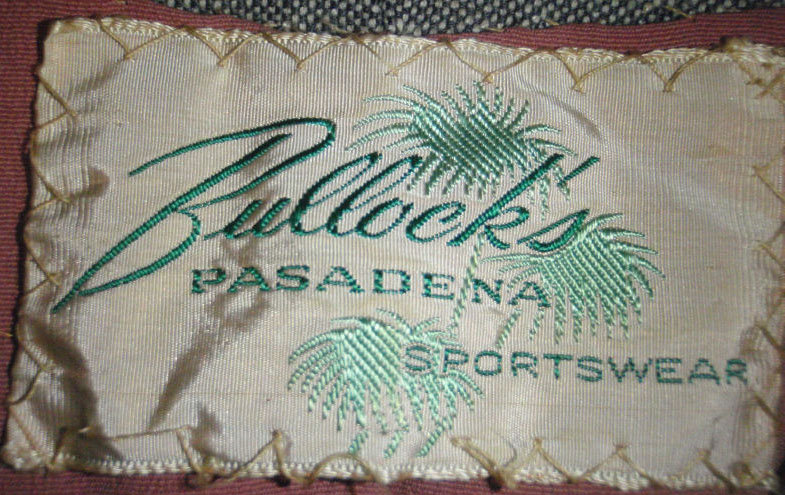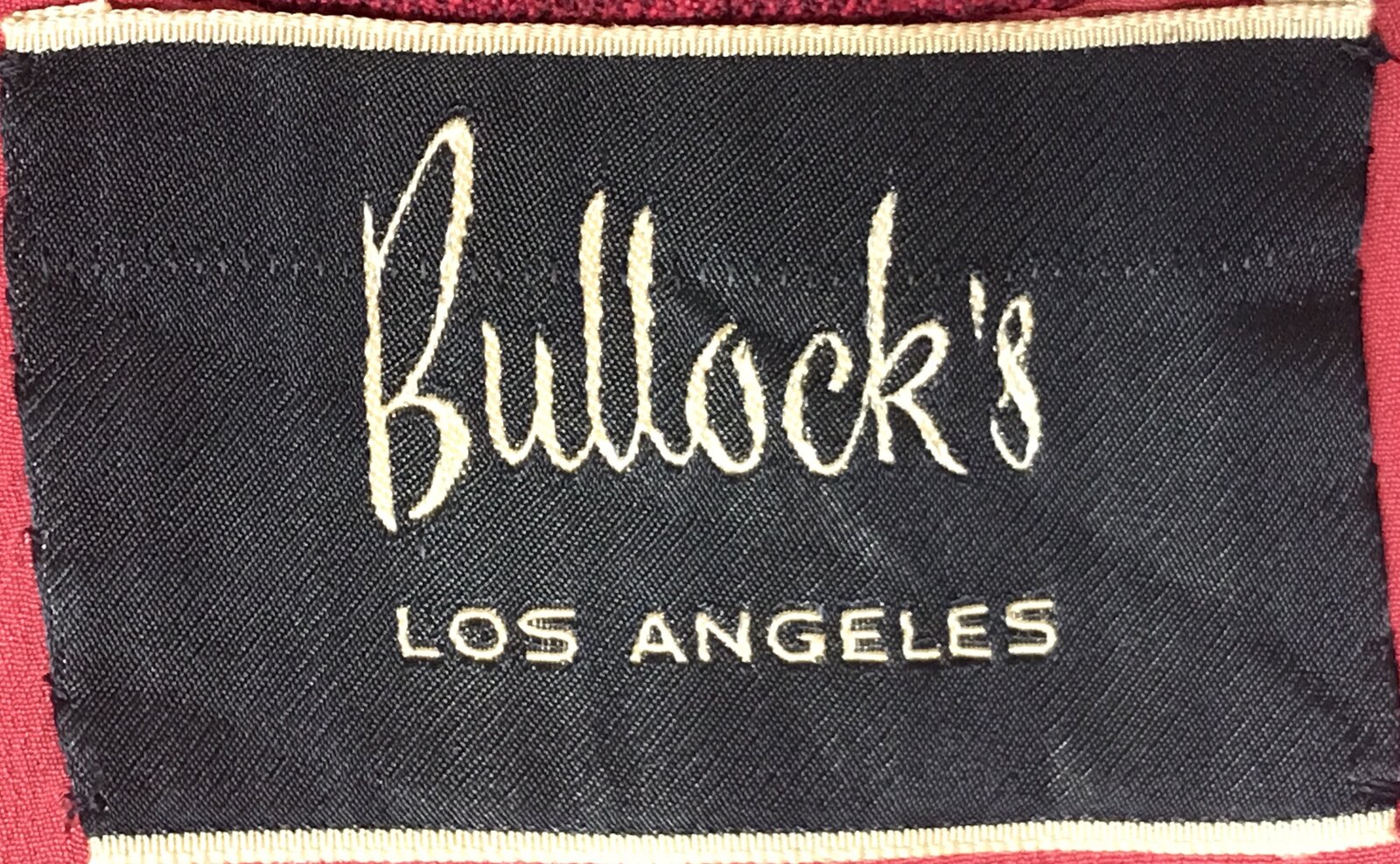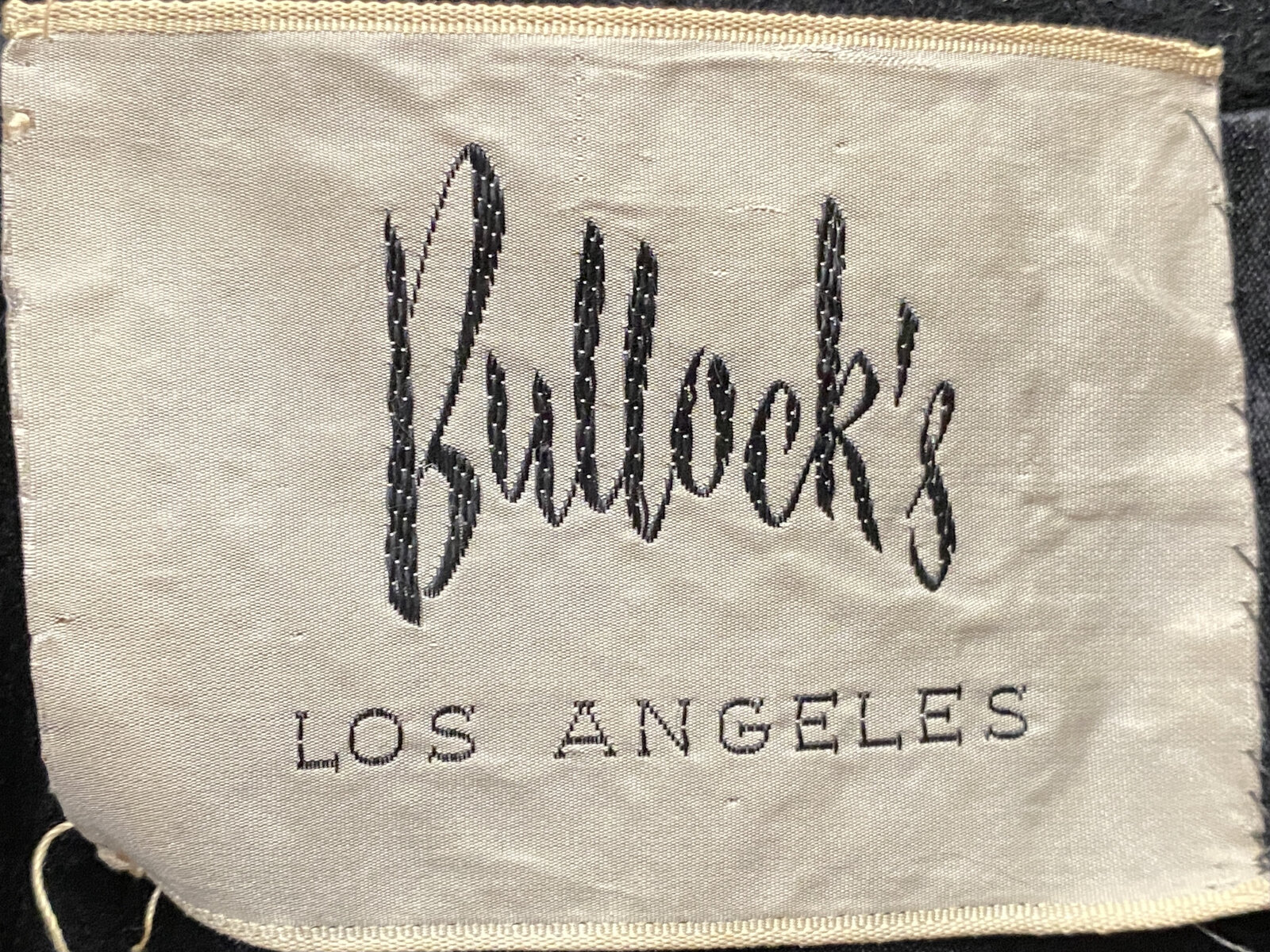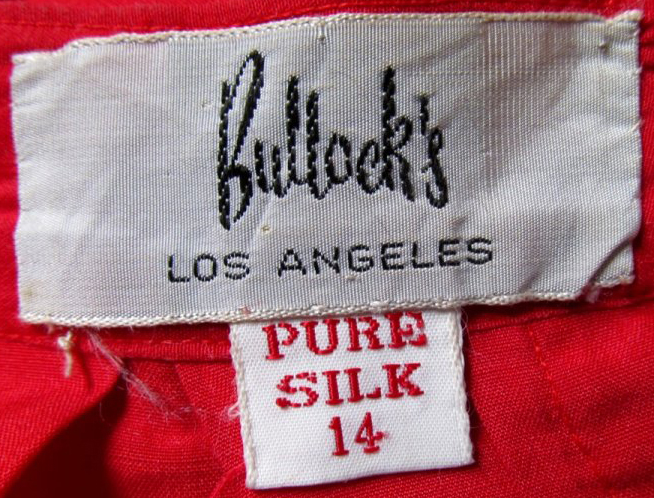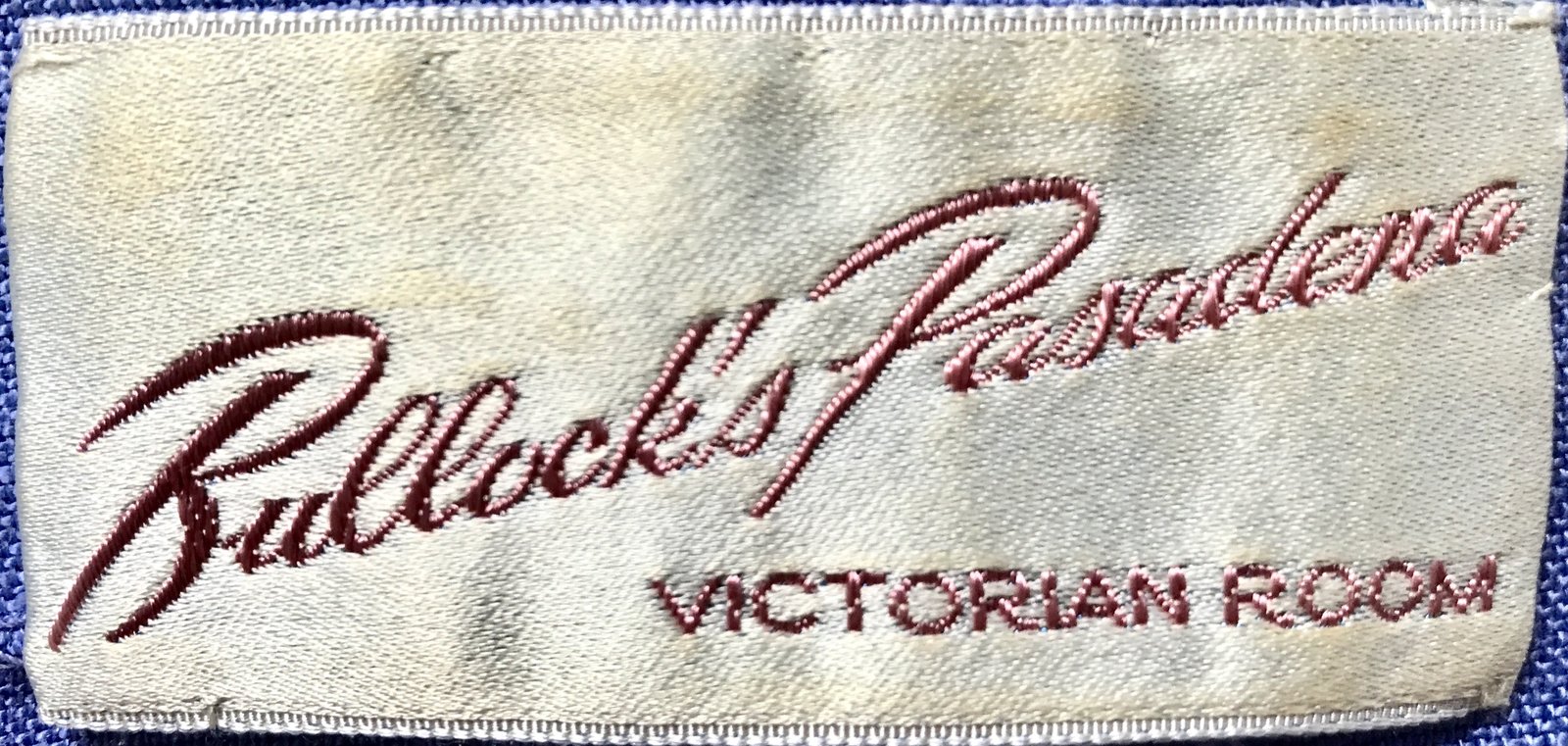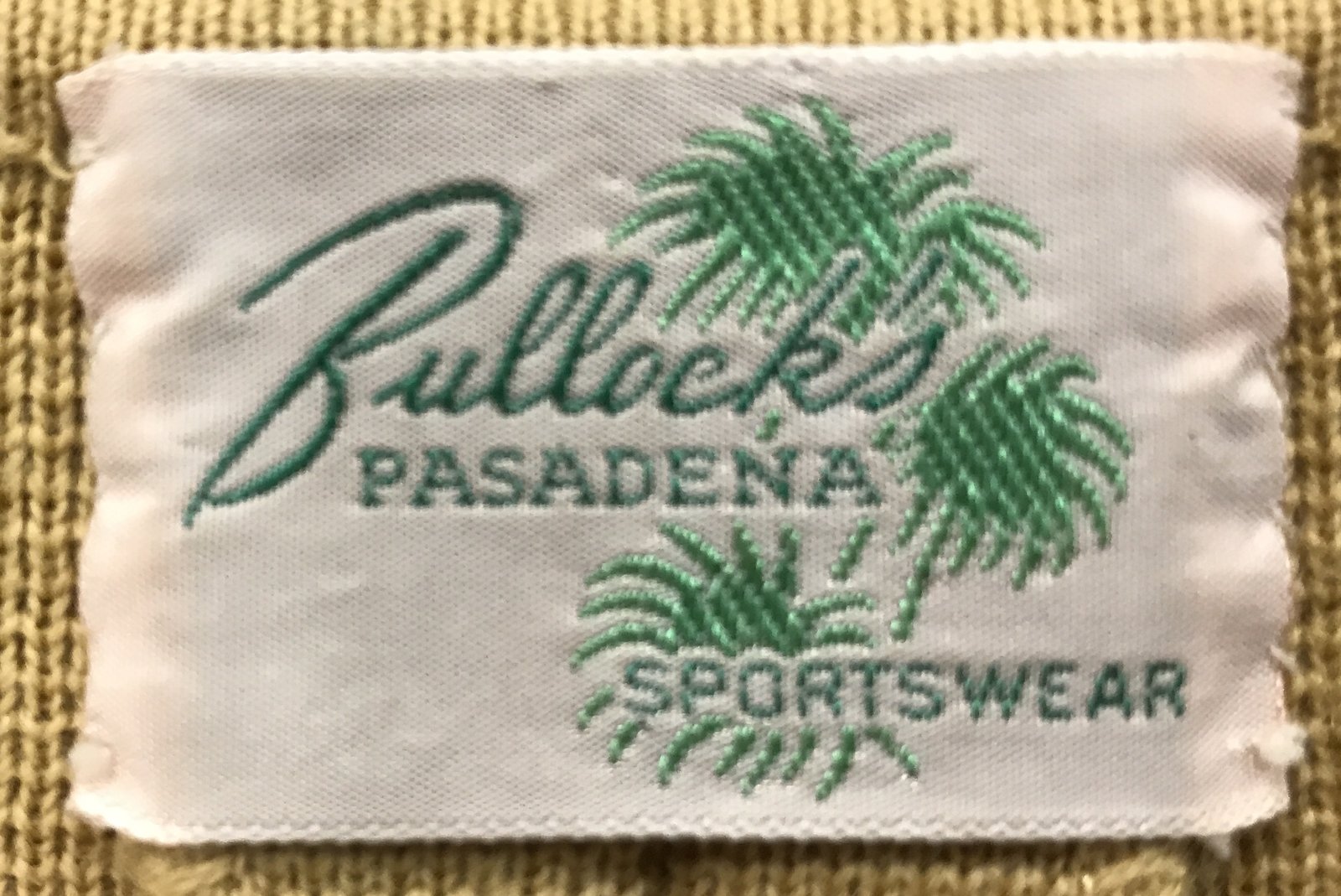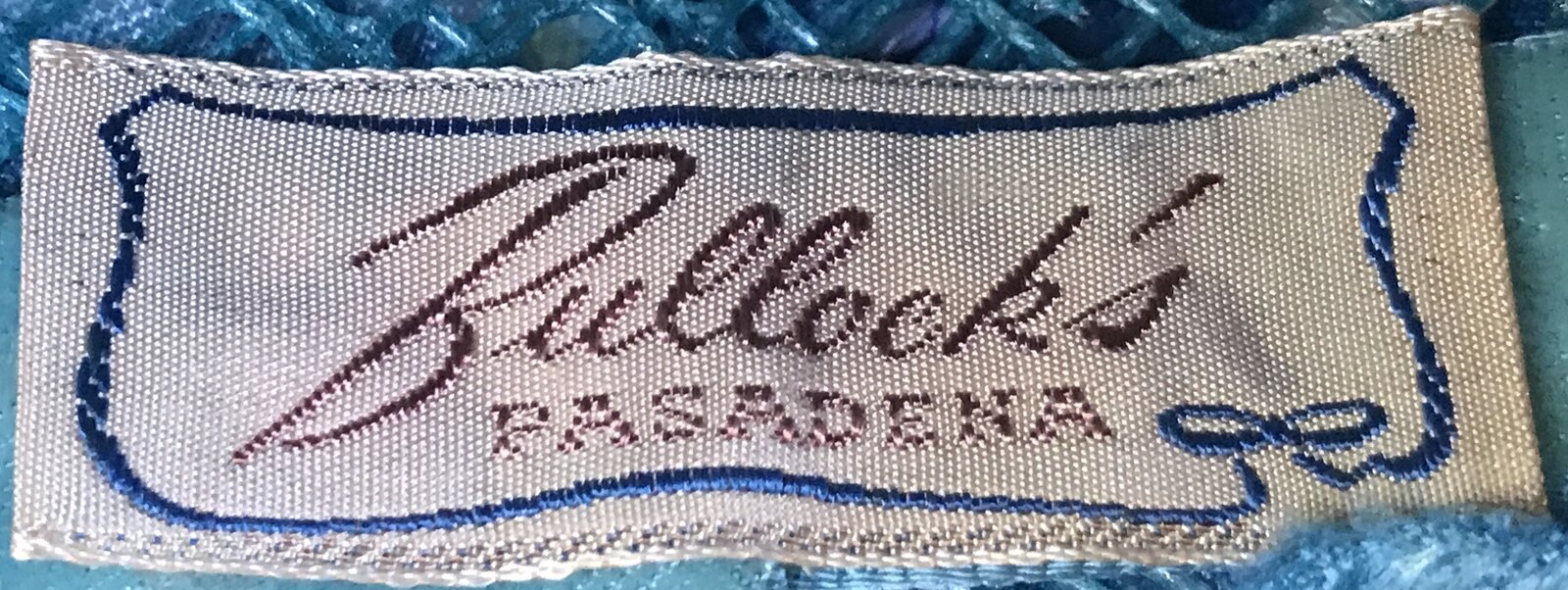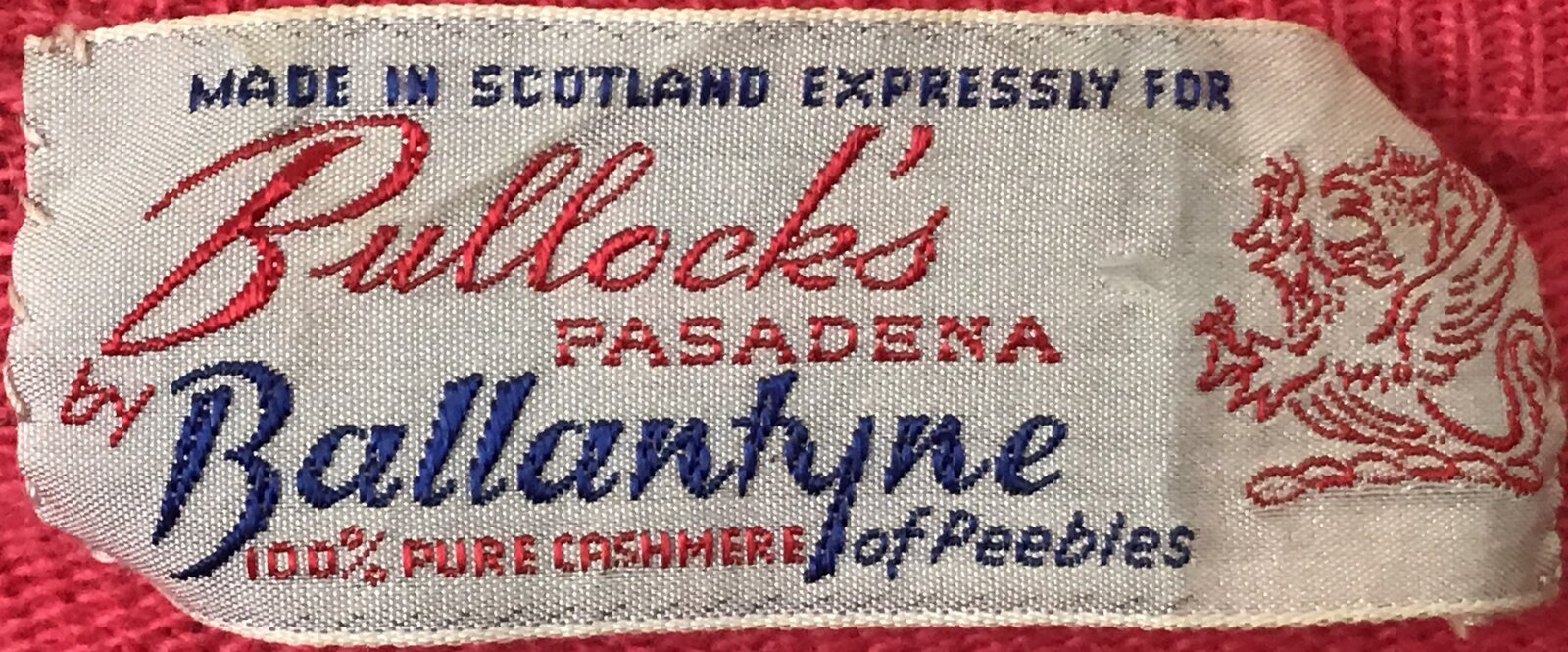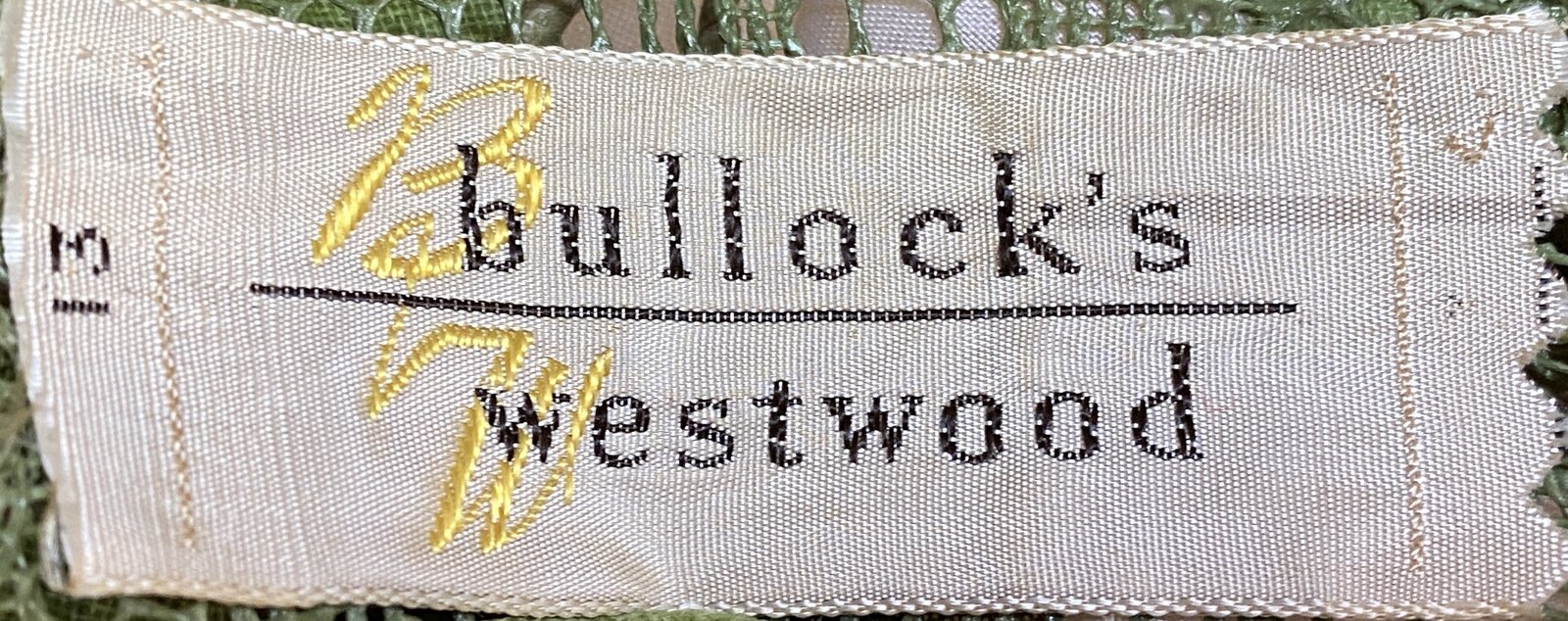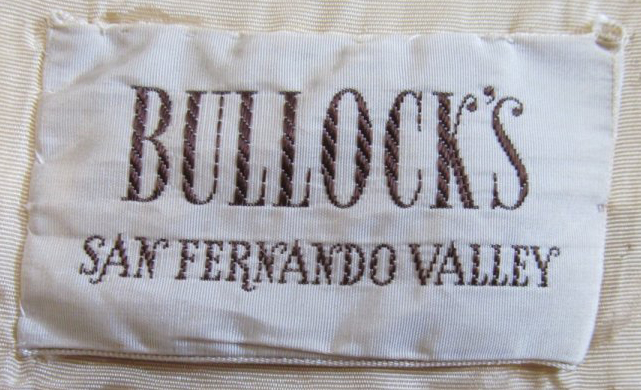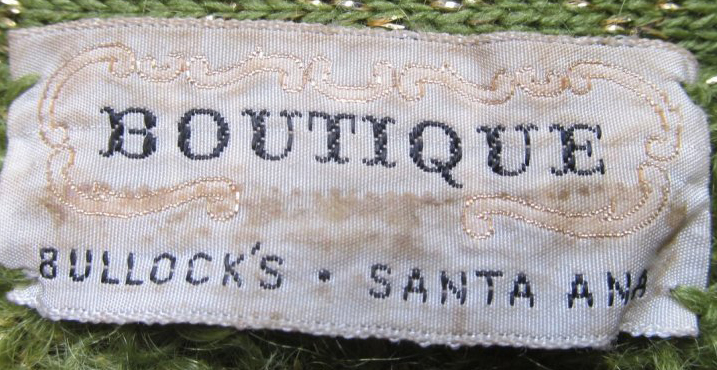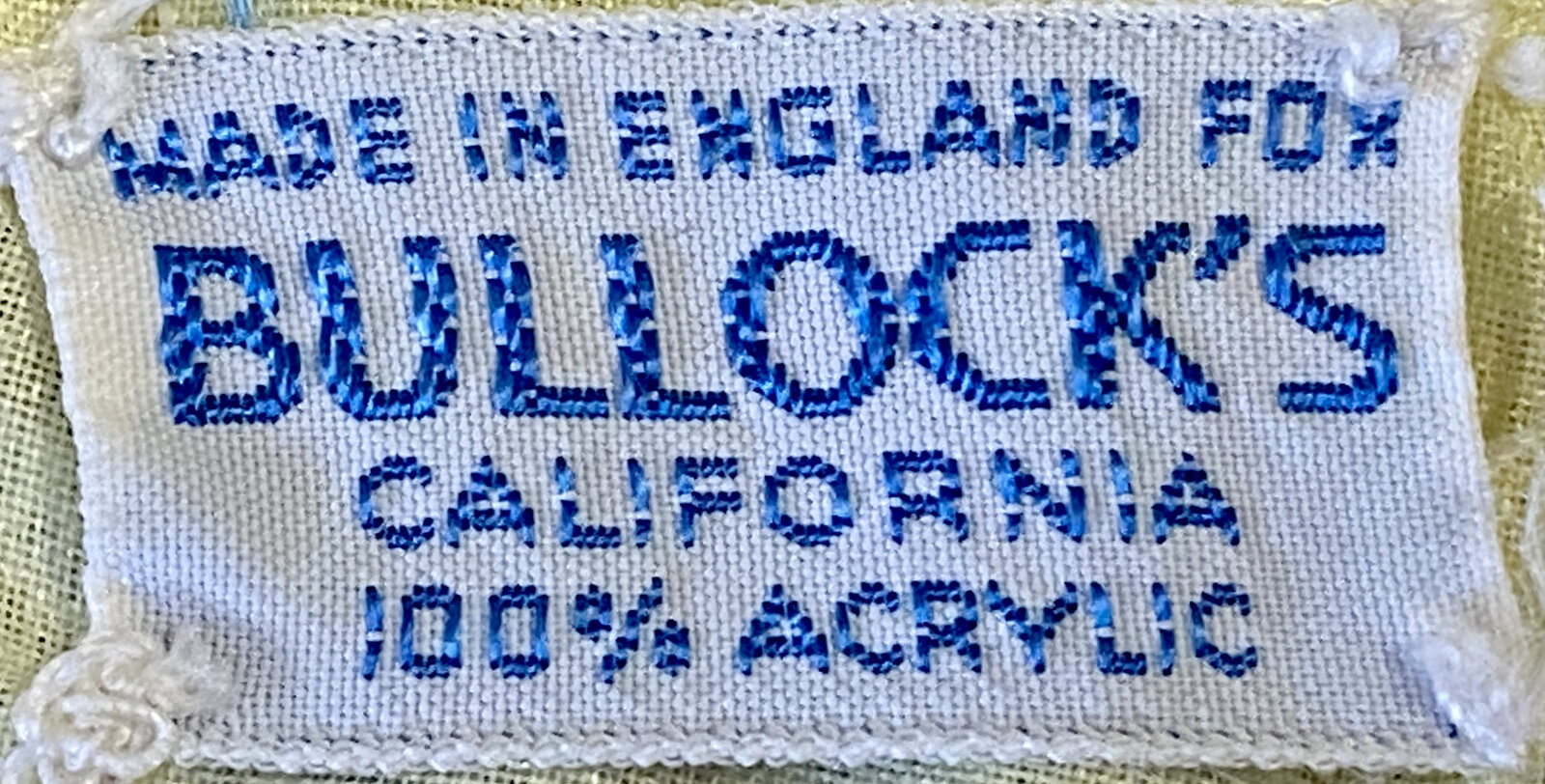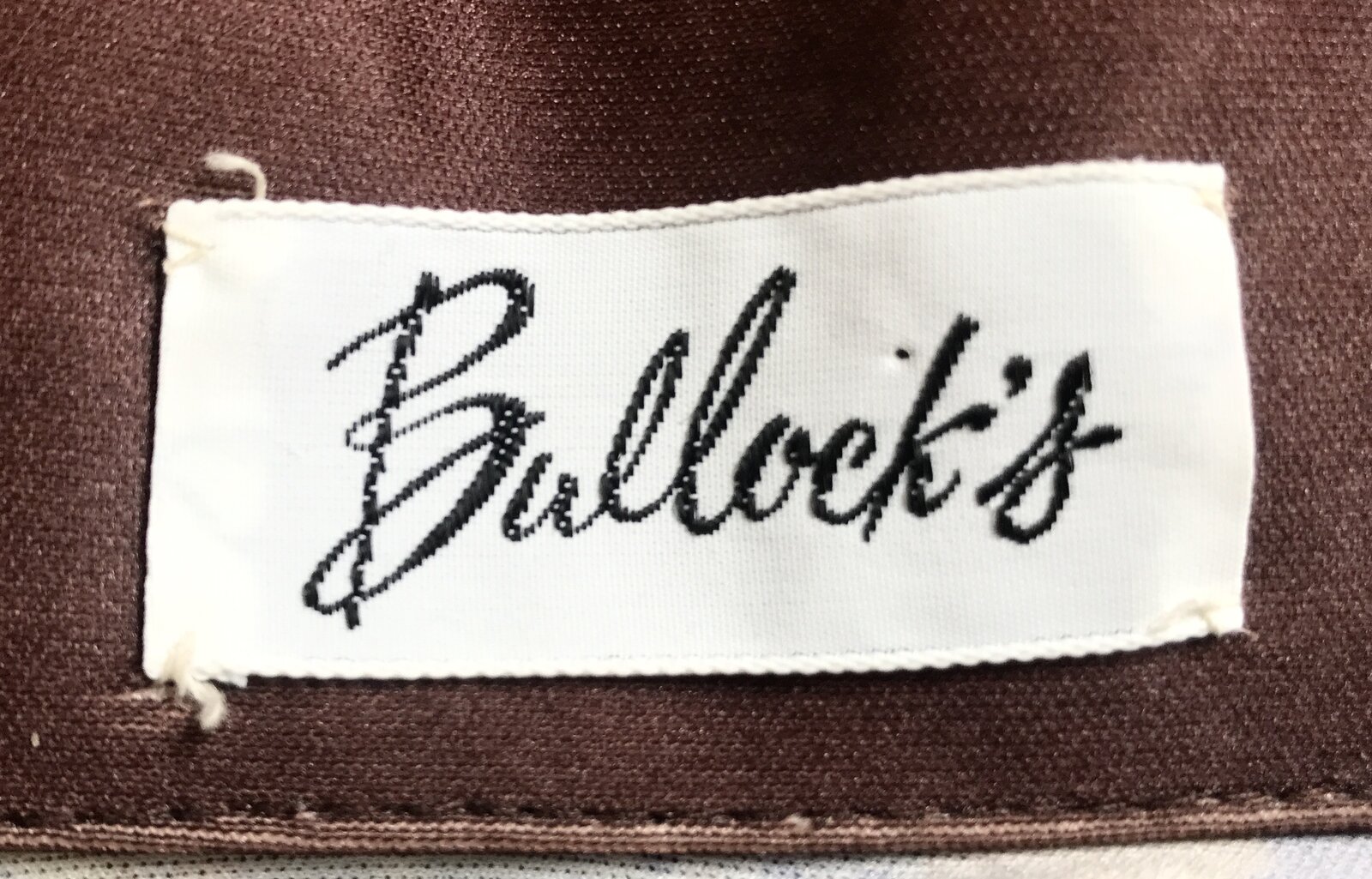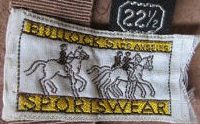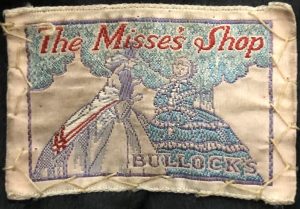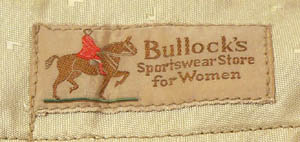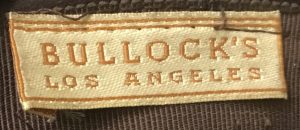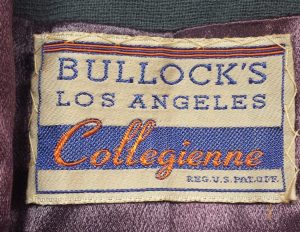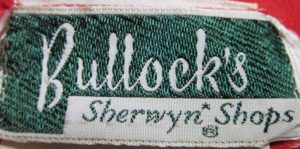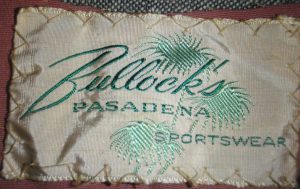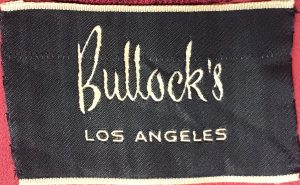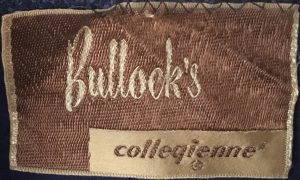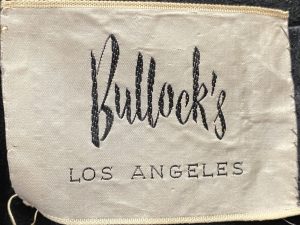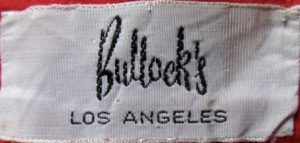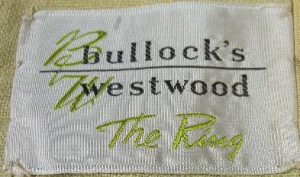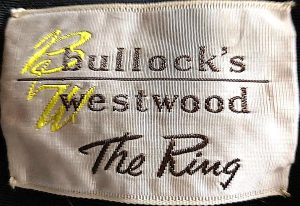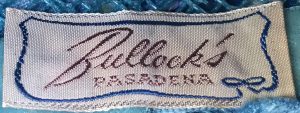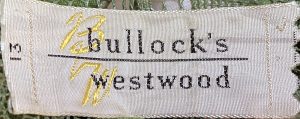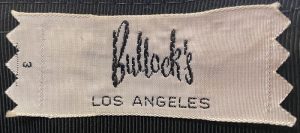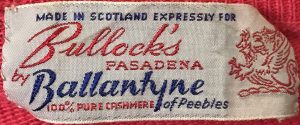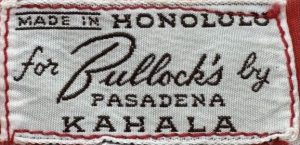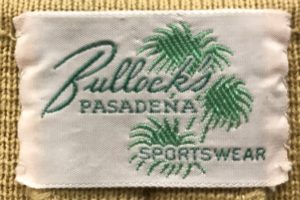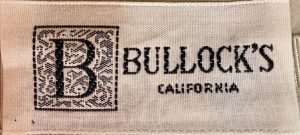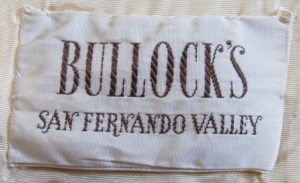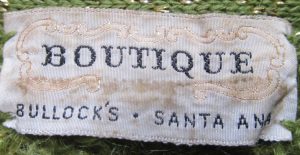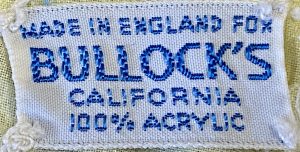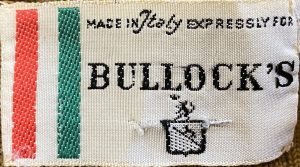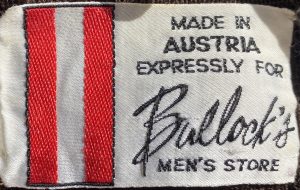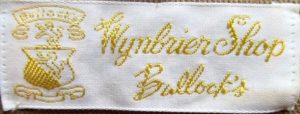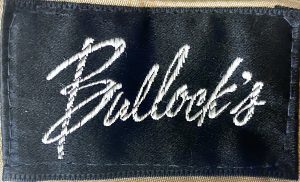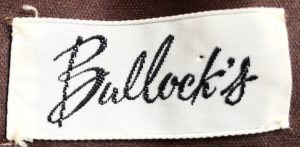Bullock’s department store opened its doors at the corner of Seventh and Broadway in Los Angeles, California in 1907. John G. Bullock’s namesake store was so successful, it underwent a major expansion in 1912, and again in 1917, and 1919, increasing its total retail space to an unprecedented 460,000 square feet. Between 1923 and 1928, the flagship store added an additional 400,000 square feet through the construction of three more additions, while also purchasing two adjacent buildings. Now, stretching the entire block of Seventh Street – from Broadway to Hill, Bullock’s was the anchor of an upscale shopping district that included Robinson’s, The May Company and The Broadway department stores.
In 1929, Bullock and business partner P. G. Winnett opened the second Bullock’s store, a luxury branch on Wilshire Boulevard. The lavishly appointed Art Deco-style Bullock’s Wilshire was designed with an elite clientele in mind. As though the Great Depression didn’t exist, it was immediately embraced by the upper-crust of Los Angeles society, who remained loyal patrons for decades.
As the population of Los Angeles spread to the suburbs, additional Bullock’s stores continued to open. The company spared no expense in architectural design or luxurious interiors, and as a result, a number of these stores have been recognized for their architectural significance and designated as historic landmarks at regional, state and national levels.
Along with beautiful stores, quality merchandise and a professional sales staff offering excellent customer service, the success of the Bullock’s stores could also be attributed to the company’s unique business model that made every store virtually autonomous – each had its own management staff, buyers and advertising team. Creating strong regional identities for each Bullock’s store extended to its own fashion labels, which bore a store’s location as well as some variation of the Bullock’s logo. Departments within individual stores might be named for local streets, further enhancing identification with a community and insuring a loyal client base.
In the early 1970s, not long after a merger with the eastern-based Federated Department Stores, the exclusive Bullock’s Wilshire store dropped its apostrophe and became Bullocks Wilshire, in order to distinguish itself from the other full-line Bullock’s stores, and expand its own brand.
Bullock’s stores continued to open throughout Southern California, often as a retail anchor in the newly popular indoor shopping malls. Expansion continued up through 1980, and included stores in Northern California, Phoenix and Las Vegas. Company optimism didn’t last however, as a severe economic recession in the U.S. during the early 1980s caused the parent company to close its Northern California stores in order to remain profitable.
In 1989, Canadian entrepreneur Robert Campeau used junk bonds to buy Federated in what many consider one of the ugliest takeovers in U.S. retail history. Macy’s purchased Bullock’s and I. Magnin from Campeau, thrusting Macy’s into extreme debt. In order to recover, Macy’s filed for bankruptcy protection in 1992, and began dismantling the Bullock’s brand. Bullocks Wilshire had recently become I. Magnin, but now, Bullock’s was merged into Macy’s South division. These sweeping changes to what had once been Federated’s most profitable division backfired terribly, as the fiercely loyal Bullock’s client base stayed away in droves, causing a sharp decline in company profits.
In 1995, Federated resumed ownership and sought to consolidate its many retail holdings. By the next year, the remaining Bullock’s stores were either closed or renamed as Macy’s, thus ending Bullock’s 89 year legacy as one of Southern California’s premier shopping experiences.
See also: Bullock’s Wilshire
Written by Ranch Queen Vintage
